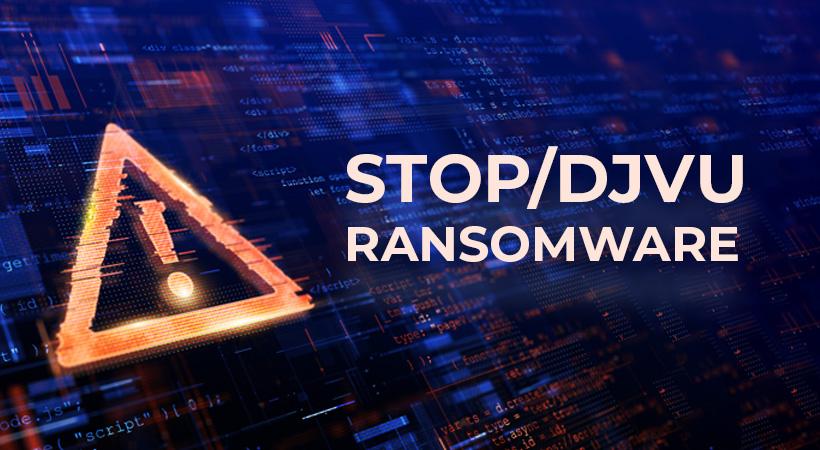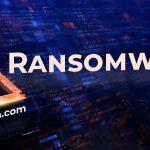GYZA Ransomware, an offshoot of the notorious STOP/Djvu Ransomware lineage, operates as a malicious software strain that infiltrates systems, encrypts essential files, and subsequently demands a ransom for file access restoration. Its dissemination typically occurs through software bundles, often hitchhiking on downloads obtained from unverified sources like torrent sites or cracked software repositories.
Once entrenched within a system, GYZA Ransomware systematically locks a wide array of file types including photos, music, documents, and videos. The encryption process is marked by appending the .GYZA extension to affected files while also leaving behind ransom notes strategically placed in folders housing the encrypted data.
Utilizing the robust AES encryption algorithm, GYZA Ransomware executes its file encryption operation. Frequently, this malware isn’t solitary in its endeavor; it may also deploy information-stealing companions such as Vidar or ZeuS, allowing hackers access to sensitive user information before initiating the file encryption process. This concurrent data breach could potentially compound the risks associated with the attack.
Post encryption, GYZA Ransomware demands a ransom to furnish victims with a decryption key. The initial ask stands at $980, however, a 50% discount is offered if payment is made within the first 72 hours following infection. The ransom communication channels are set through emails provided by the hackers, namely support@sysmail.ch and helprestoremanager@airmail.cc.
However, engaging or contemplating negotiation with these hackers is heavily discouraged due to the inherent risks involved. There’s no assurance that paying the ransom will result in the retrieval of the decryption tools or a reestablishment of file access. Additionally, the ransomware might maliciously attempt to delete shadow copies of the affected files stored within the system, complicating or rendering near-impossible the recovery of vital documents and data.
Given these circumstances, it’s strongly advised against attempting to fulfill the ransom demands. Instead, focus should be directed towards exploring methods and strategies that facilitate data restoration and fortify system defenses against similar threats. A crucial step includes promptly disconnecting any plugged-in devices from the infected computer to curtail the potential spread of the ransomware across a network.
Mitigating the threat posed by GYZA Ransomware entails adopting safe online practices such as refraining from opening email attachments from unfamiliar senders and abstaining from downloading software from dubious or untrustworthy sources. Equally important is the installation of robust malware detection and remediation tools to conduct regular system scans, identifying and eliminating elements associated with this perilous ransomware and other potential malware intrusions.
Moreover, proactive measures like maintaining external backups of crucial files on external hard drives or secure cloud storage platforms serve as a preemptive defense against future ransomware attacks, minimizing the potential damage and simplifying the recovery process in case of an unfortunate infiltration.





